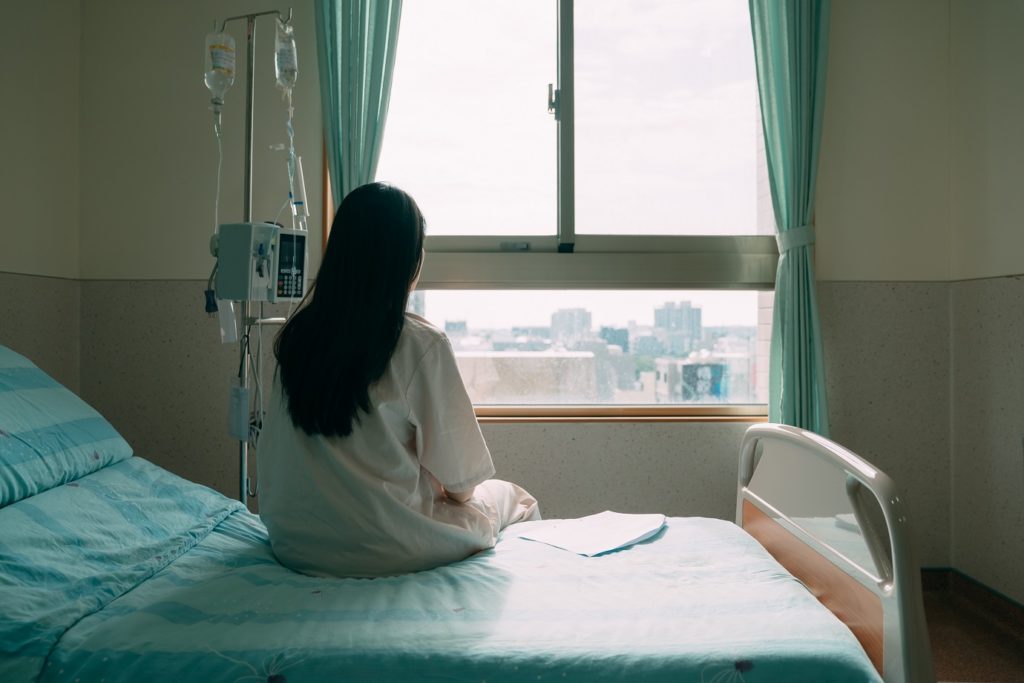According to new research, women report feeling less physical pain when tested by men than by other women. It’s a finding that may have implications for healthcare professionals and women who suffer with chronic pain conditions.
A Murdoch University study, Big Girls Don’t Cry: The effect of the experimenter’s sex and pain catastrophising on pain, published in DeGruyter’s Scandinavian Journal of Pain, suggests that women appear to underreport their pain responses when the person administering the pain is a man.
In the study, male and female participants rated their pain experiences from heat, pressure, pin pricks and high-frequency electrical stimulation. The pain stimuli was applied by either a male or female experimenter, as researchers examined how their gender affected participant’s pain ratings.
“Traditional gender stereotypes imply that males underreport pain to show how strong they are, while females tend to overreport pain, especially to male experimenters…Our results suggest quite the opposite,” said one of the study’s researchers Dr Lechi Vo.
According to the research, previous evidence suggests women are more likely to be anxious about pain than men, so Dr Vo expected them to report higher pain sensitivity. But when moderate to intense pain was experienced in front of men, women reported lower pain sensitivity.
“A greater awareness of sex/gender role biases and their potential interaction with pain catastrophising may help researchers and clinicians to interpret pain reports in meaningful ways,” the study said.
Dr Vo said the study’s findings may have implications for pain assessment in healthcare settings, especially for women with chronic pain.
“We already see gender biases as pain is assessed depending on the patient’s sex,” she said.
“We want to further understand how gender biases influence the way female chronic pain patients report pain and urge healthcare professionals to be aware of these potential biases when assessing their patients’ pain.”


